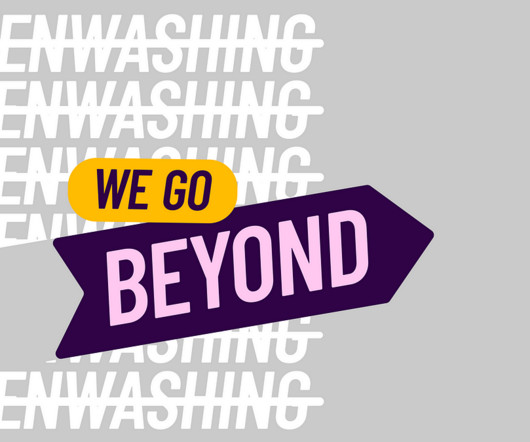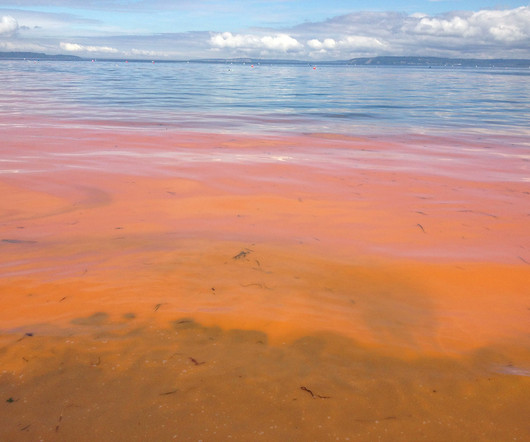Lessons from 3 emerging bio-based material technologies
GreenBiz
FEBRUARY 19, 2021
Founded in 2007, New York based Ecovative Design leverages the naturally binding properties of mycelium — mushroom’s root structure — in several sustainable materials. Loliware has sought out "the most sustainable farms in the blue ocean economy" and partnered with Greenwave , a regenerative seaweed farming nonprofit. Producing just 2.69












Let's personalize your content